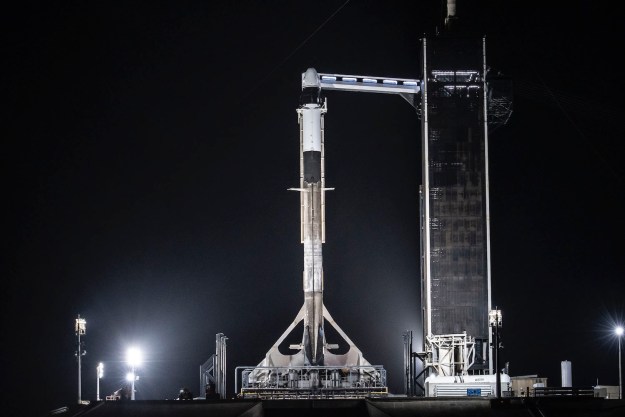
Astronauts on the International Space Station (ISS) are attempting to fix an “unserviceable” instrument which could provide insights into the nature of dark matter and many other cosmic questions. The Alpha Magnetic Spectrometer was installed in 2011 and was only supposed to last for three years, so it was never designed to be serviced by astronauts. But the instrument proved so valuable that the ISS crew are taking on the challenge of fixing its cooling system anyway.
Last week, Luca Parmitano of the European Space Agency and NASA Flight Engineer Andrew Morgan completed a first six-hour spacewalk to begin repairs on the instrument which is located on the outside of the ISS. They positioned materials, removed a debris cover, and installed the all-important handrails which will allow astronauts to grab on to structures while making repairs.
Then, on Friday, the same pair took another shift to begin the next phase which involves a first for a spacewalk: Cutting and reconnecting fluid lines. On this six-hour spacewalk, they cut eight stainless steel tubes and prepared a power cable for the new cooling system. The repairs will continue over the next few months, with a raft of spacewalks scheduled.
Despite its rather rickety cooling system, the AMS is still being used for scientific experiments and this week a new piece of research using the instrument has been published. Researchers from CERN and other institutes used the AMS to investigate the properties of cosmic helium isotopes, which are abundant in cosmic rays.
Helium-4 (4He)is an isotope created by nuclear fusion within stars and which can be accelerated to high energies by the explosion of a supernova. Helium-3 (3He), on the other hand, is typically produced when Helium-4 interacts with other cosmic materials. The AMS is able to differentiate between Helium-4 and Helium-3 and see how the ratio of these isotopes changes. The researchers found that the isotopes usually vary together over time, but at high enough energies this relationship changes.
“We were also able to see that the solar activity is able to affect the 3He and 4He spectra in a different way, a result that has never seen before,” Alberto Oliva, one of the researchers, said to Phys.org. These findings will help future astrophysicists to understand more about how cosmic rays are created and how they move through the universe.
Editors' Recommendations
- Watch SpaceX’s Crew-4 astronauts arrive at new home in space
- Watch how space station astronauts get ready for bed
- NASA footage shows SpaceX Crew-4 training for ISS mission
- How to watch Axiom-1 space tourists return from the ISS on Saturday
- How to watch NASA’s first space tourism launch to the ISS today




